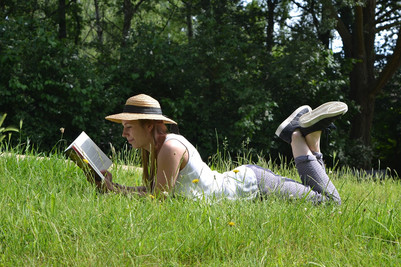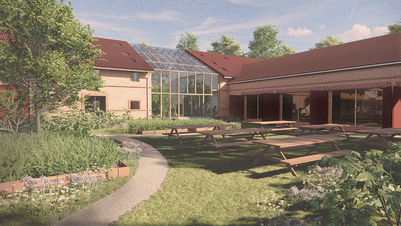
Coronablog on the Periphery | Kirsten Marie Raahauge

CORONABLOG ON THE PERIPHERY III:
SURVIVAL UNITS AND CORONA IN THE PROVINCES
In Denmark in the World, the political scientist Lars Bo Kaspersen analyses Denmark from 1815 until today, focusing on the transformation of the Danish state. His pivotal point is that states evolve by interacting with other states. In his work, Kaspersen refers to the German sociologist Norbert Elias, who suggests the term ‘survival unit’ as a productive analytical notion:
In the corona-times, the welfare state seeks to establish an extra element to protect its citizens from the covid-19 infection, which of course jeopardizes the economy behind the welfare state, since large parts of the work force has been put on halt during the lockdown. This challenge has become the major concern after the outbreak of the corona pandemic. The threats that the welfare state protect us from have shifted at a rapid pace. Apart from the day to day ordinary distribution of welfare amenities, there have been a variety of elements that have caused special concern. Yesterday the major threat was climate and terror, today it is infection from covid-19, at least that is the impression you get from the media.
While all of this is happening, the differences between center and periphery seem to intensify. Since you are recommended not to travel or move away from your home, an alternative spatial organization has rapidly emerged, where the local surrounding is primary. Yesterdays’ perception of compressed space has been shifted out, as longer travels between places and recommendations not to travel at all have become part of the new temporal reality. Situated in the periphery you are stuck in a place where welfare amenities have been reduced, if you are placed in the center, you are not. Many of the welfare amenities have been closed temporarily by the lockdown, but some vital ones are still available, especially hospitals play a major role. This difference in proximity brings about a situation, where disparate areas of Denmark are unevenly situated, and where they have started acting in disparate ways. While governmental regulations in order to protect its citizens against the corona threat seem to unify the country, a strange new series of localizations within the localization of the state seems to be emerging.
How does the uneven distribution of welfare amenities affect this? What kind of impact does the infrastructural conditions have? What other elements influence these movements? Has the idea of time-space compression become altmodisch? What about the survival unit of the Danish welfare state? Has it become easier to ‘survive’ in some units than in others? And has this situation triggered a growth of survival units within survival units?
Kaspersen, Lars Bo 2013 Denmark in the World. København: Hans Reitzels Forlag.















